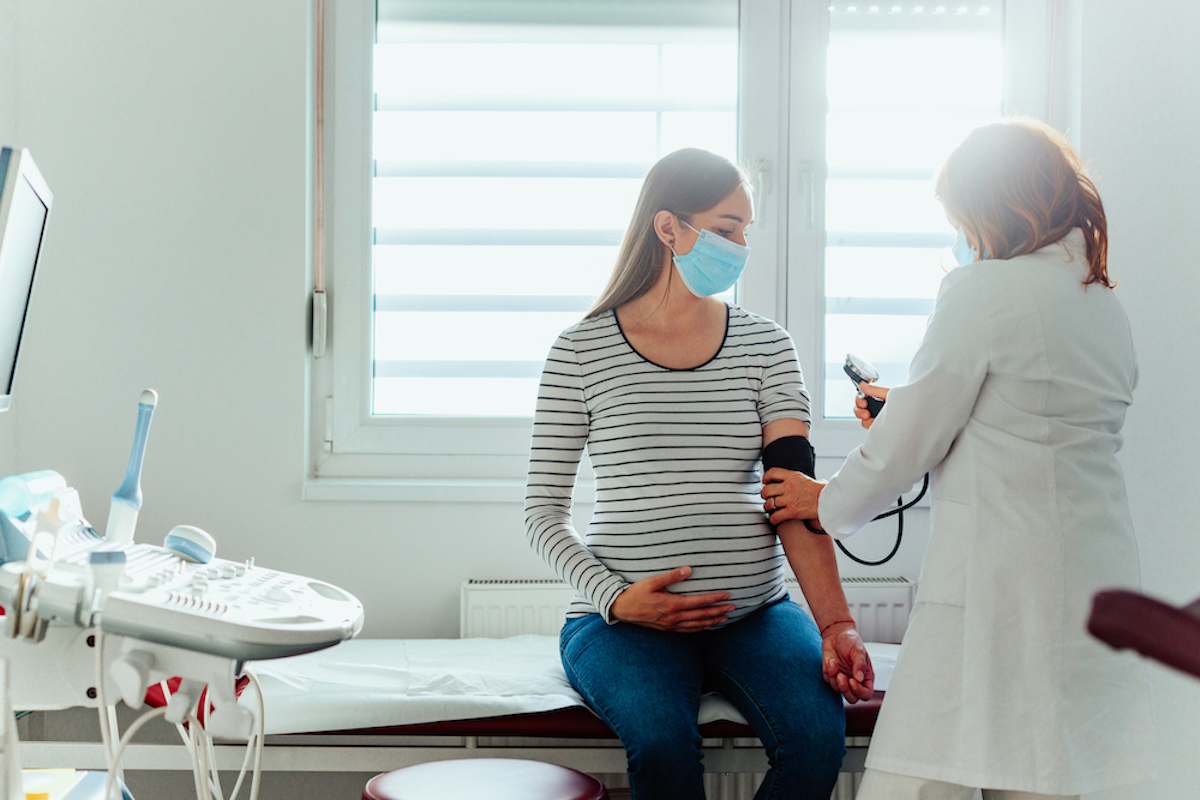I teased this months ago but… it’s now out! There’s an new, fully revised edition of Expecting Better. I’ve revised the book several times over the last decade, but in this round I got a chance to make a longer list of changes I’ve built up. There’s a new forward by Nathan Fox, a section on skincare, more on navigating miscarriage and a new section on cannabis use in pregnancy.
The new edition also rethought the structure of the discussion of birth choices to (hopefully) make it more helpful for decision-making. I also got a chance to read the audiobook myself. So if you’re into audiobooks, you can now hear it direct from the source. As a preview, check out this audio clip here.
It was a treat to get to come back to what I still think of as my baby, and give her (or him?) a little sprucing up. If you’re looking for a taste for what’s new, the discussion of pot in pregnancy is excerpted below. Enjoy!

Cannabis in pregnancy
When I was pregnant (both times), recreational pot use was illegal throughout the US. This made it both less relevant to many people, and also difficult to research. It’s already hard to learn about causality in alcohol and tobacco, both of which are legal. A similar analysis for illegal drugs is even more difficult. For one thing, illegal behaviors tend to cluster so women who use marijuana are more likely to use other drugs. But, probably worse, reporting on use is hugely biased, and we are likely to identify only a (very non-random) subset of women who use.
However, in the past several years, more and more states have legalized marijuana for recreational use. As of this writing, the list includes California, Colorado, Maine, and Massachusetts, among others. Many other places have decriminalized recreational use, often the first step towards legalization. This has had two effects. First, it has made social use of marijuana more acceptable, and many more pregnant women wonder if it is okay to continue to use. Second, it’s made the data just slightly better.
I will caution that the data is still really quite limited and inconclusive on this. A 2020 review of evidence showed that marijuana use in pregnancy was related to demographics like education, income, marital status, and race, but not always in the same direction and not consistently across studies or study locations. That review points to the possibility of lower birth weight, diminished IQ, and more behavior problems among children whose mothers used cannabis during pregnancy, but notes it is very difficult to separate the marijuana use from other demographics or other variables.
The best new evidence on this comes from a 2019 study out of Canada, focused on the specific question of whether marijuana use in pregnancy affects infants at birth. This study is enormous, which is part of what makes it good: more than 600,000 women in Ontario were, studied between 2012 and 2017. During this period, Ontario collected systematic data on marijuana use (asked of women at an early prenatal visit), and this information was included in official prenatal records along with information on infants at birth (birth weight, prematurity, etc.). The marijuana use is still self-reported, which is an issue, but at least it is consistently collected.
The sheer number of people in the data allowed the study’s authors to use a “matching” technique in their analysis. Basically, they take the sample of women who report cannabis use, and for each woman, find a “matched control,” a second woman who has the same demographic characteristics (things like age, cigarette smoking, weight, previous pregnancies, etc.) but who did not use cannabis. They then compare the birth outcomes for the cannabis user to her matched control. This isn’t perfect, of course, since the researchers cannot see everything about people, and the two groups may well still differ on other variables. But it can eliminate a lot of the obvious biases.
When the authors do their matching and their comparison, they find evidence of worse birth outcomes among the cannabis users. This includes an increased risk of prematurity and NICU transfer. The increases are moderate but statistically significant: preterm birth occurred in 10% of cannabis users and 7% of non-users.
This study is about the best we have, at least for now, and it does urge caution. It’s not perfect, though, nor does it answer all the questions we’d want to know the answer to have. Despite the matching effort, cannabis users may still (almost certainly do) differ in other ways from non-users. It is hard to know if cannabis use is causing all the differences in infants. Moreover, there are many open questions. Does it matter when in pregnancy marijuana use occurred? Does it matter how much? Are there differences between smoking and edibles?
In a separate paper, the same authors use data from 2007 to 2012, with the same matching approach, to look at longer-term developmental outcomes. They find a higher rate of autism spectrum disorder in children of women who use cannabis (the percent increase is large—about 50%—and significant). They find smaller, insignificant, increases in other learning disabilities.
These results are—as the authors note—less compelling than their birth data. A primary issue is that in this earlier period, cannabis use is less accepted, less common, and more subject to reporting issues. More data is likely to come on this, but we’re going to need to wait.
In light of all of this, my sense is that caution is still warranted in recreational marijuana use in pregnancy. One thing that makes this more complicated, though, is that there is some discussion of possible benefits for nausea treatment. For women with very severe nausea during pregnancy, the benefits may outweigh the risks (especially since very severe vomiting carries some of the same preterm birth risks). There is a bit more on this elsewhere in Expecting Better. But don’t try this treatment without discussing the trade-offs with your doctor.
A related question many women have is about cannabidiol (CBD) use—this component of cannabis has become widely used for a variety of ailments. Unfortunately, we know even less about this. There’s no systematic data on CBD use and pregnancy, nothing to hang our hat on. Again, as CBD use becomes more widespread, I suspect we’ll learn more, but for now, there is nothing in the evidence to point one way or the other.

















